July 26, 2017
Putting people at the centre of building design could provide large boost to the economy
 More thoughtfully designed workplaces, centred around people’s needs, could improve performance and help tackle the UK’s productivity gap, according to a new report. Applying design thinking to boost workplace productivity by 5-8 per cent could contribute up to £20 billion to GDP. The potential gain in productivity, equivalent to twice the annual contribution to UK GDP made by the aerospace industry, is revealed in research conducted by researchers from Imperial College London in partnership with Atkins. Atkins commissioned the research to better understand and quantify the economic benefit from human centred design. The research claims to examine the ripple down effect on productivity brought about by an human centred focus on health and wellbeing. This in turn has a benefit for future business growth and can enhance the position of the national economy, according to the report. The research claims to support the importance of employees’ experience of the building in which they work and confirms that steps to create the right working environment can have a material impact on staff productivity and wellbeing.
More thoughtfully designed workplaces, centred around people’s needs, could improve performance and help tackle the UK’s productivity gap, according to a new report. Applying design thinking to boost workplace productivity by 5-8 per cent could contribute up to £20 billion to GDP. The potential gain in productivity, equivalent to twice the annual contribution to UK GDP made by the aerospace industry, is revealed in research conducted by researchers from Imperial College London in partnership with Atkins. Atkins commissioned the research to better understand and quantify the economic benefit from human centred design. The research claims to examine the ripple down effect on productivity brought about by an human centred focus on health and wellbeing. This in turn has a benefit for future business growth and can enhance the position of the national economy, according to the report. The research claims to support the importance of employees’ experience of the building in which they work and confirms that steps to create the right working environment can have a material impact on staff productivity and wellbeing.




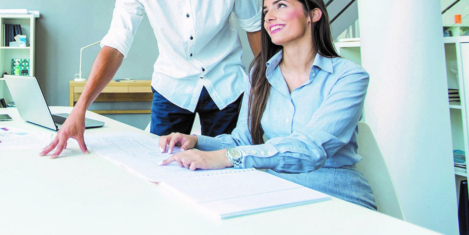
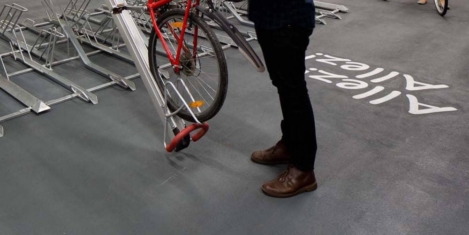
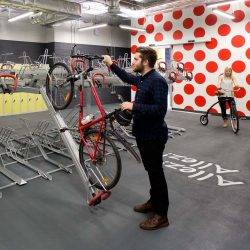
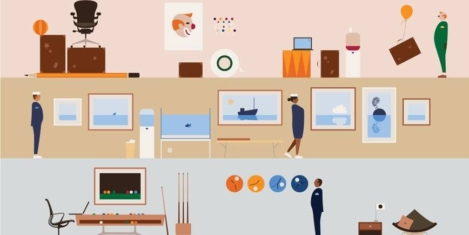
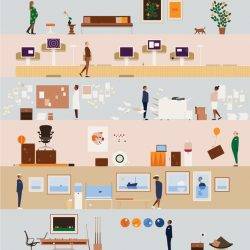
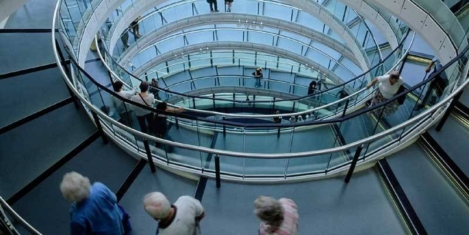
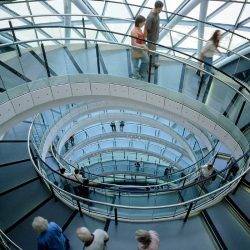
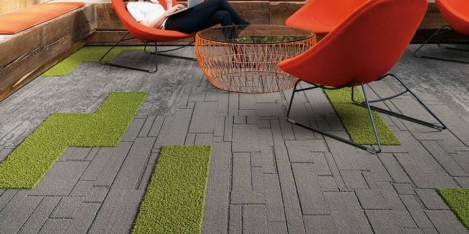
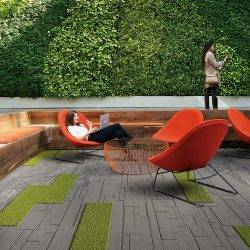


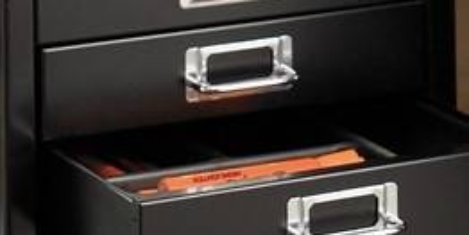
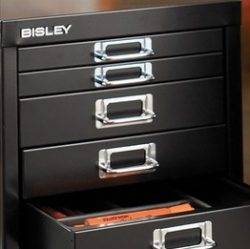
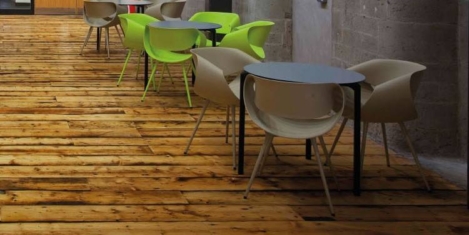
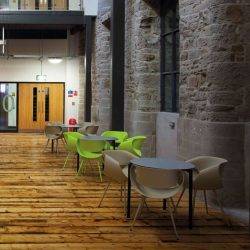


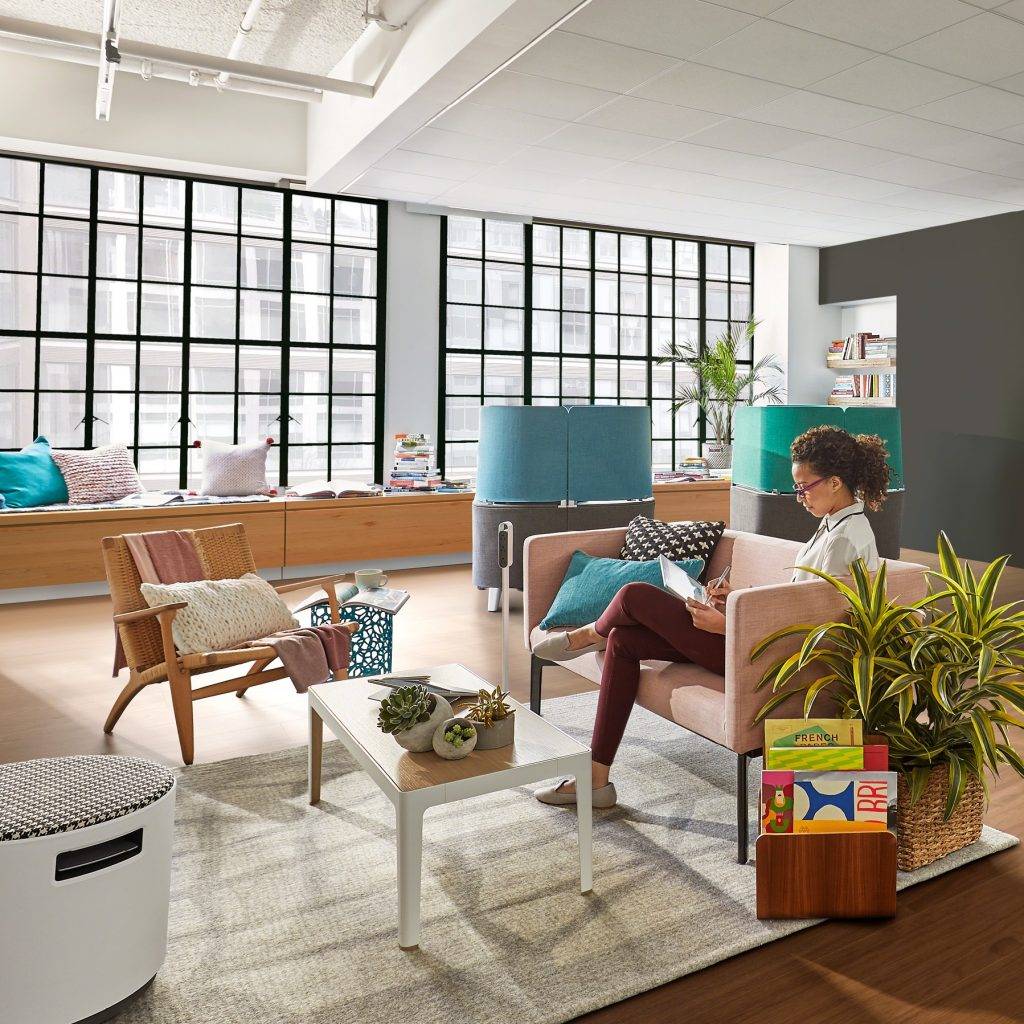
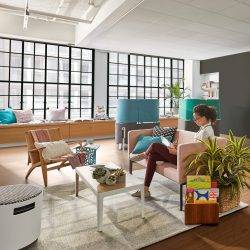
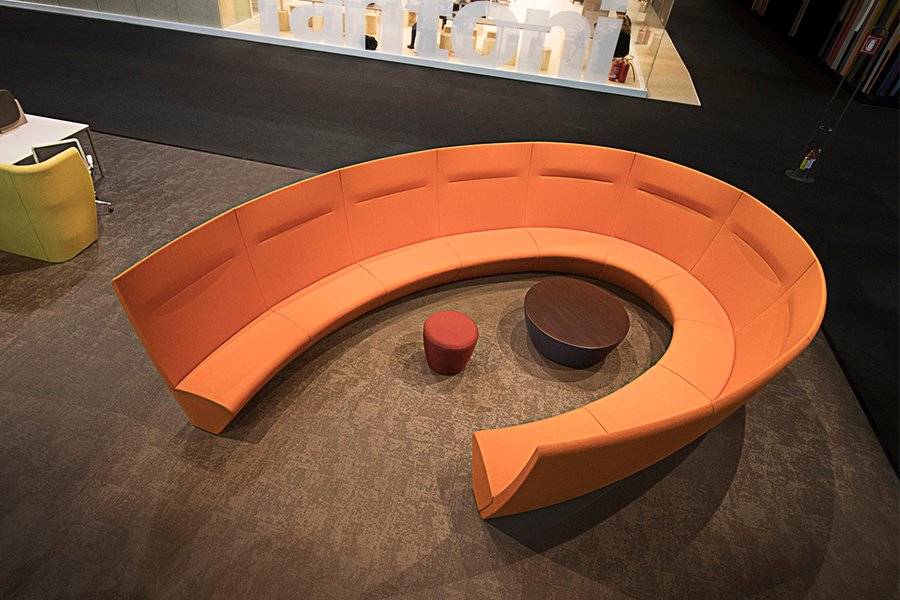
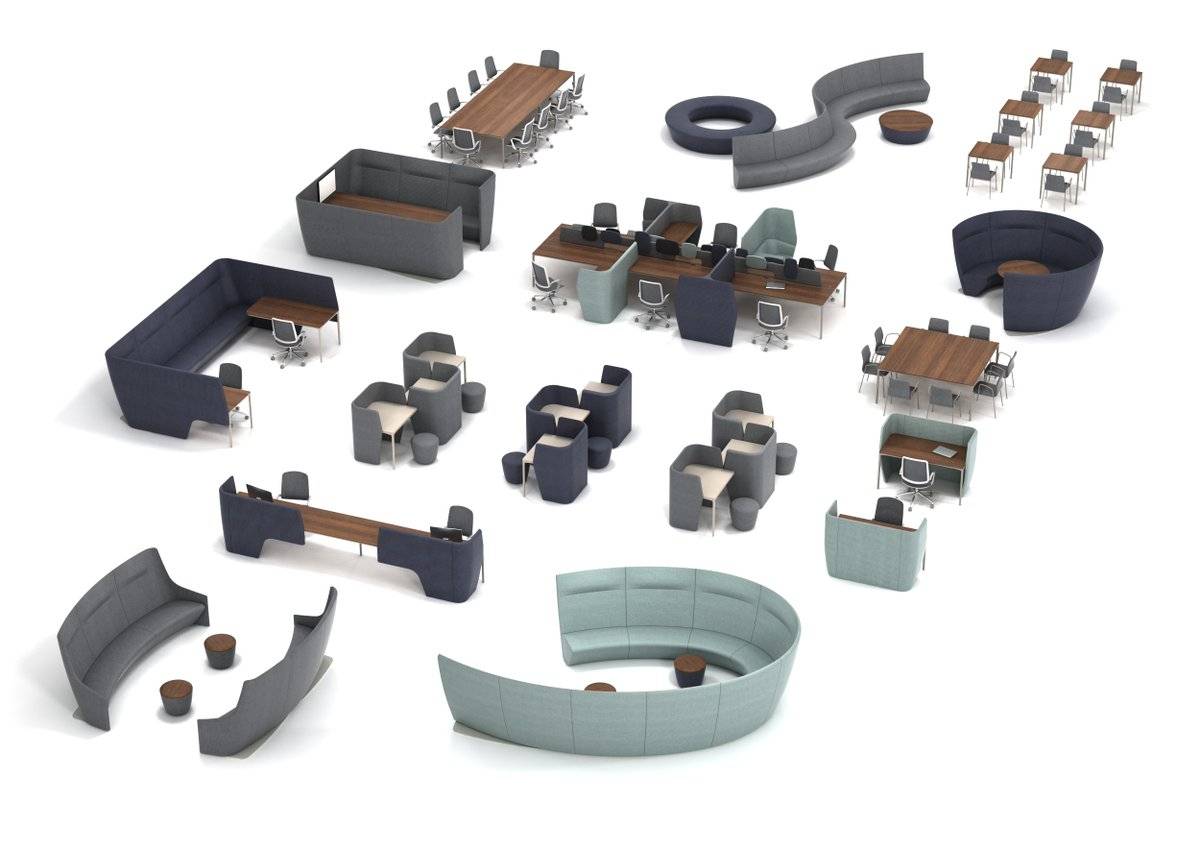
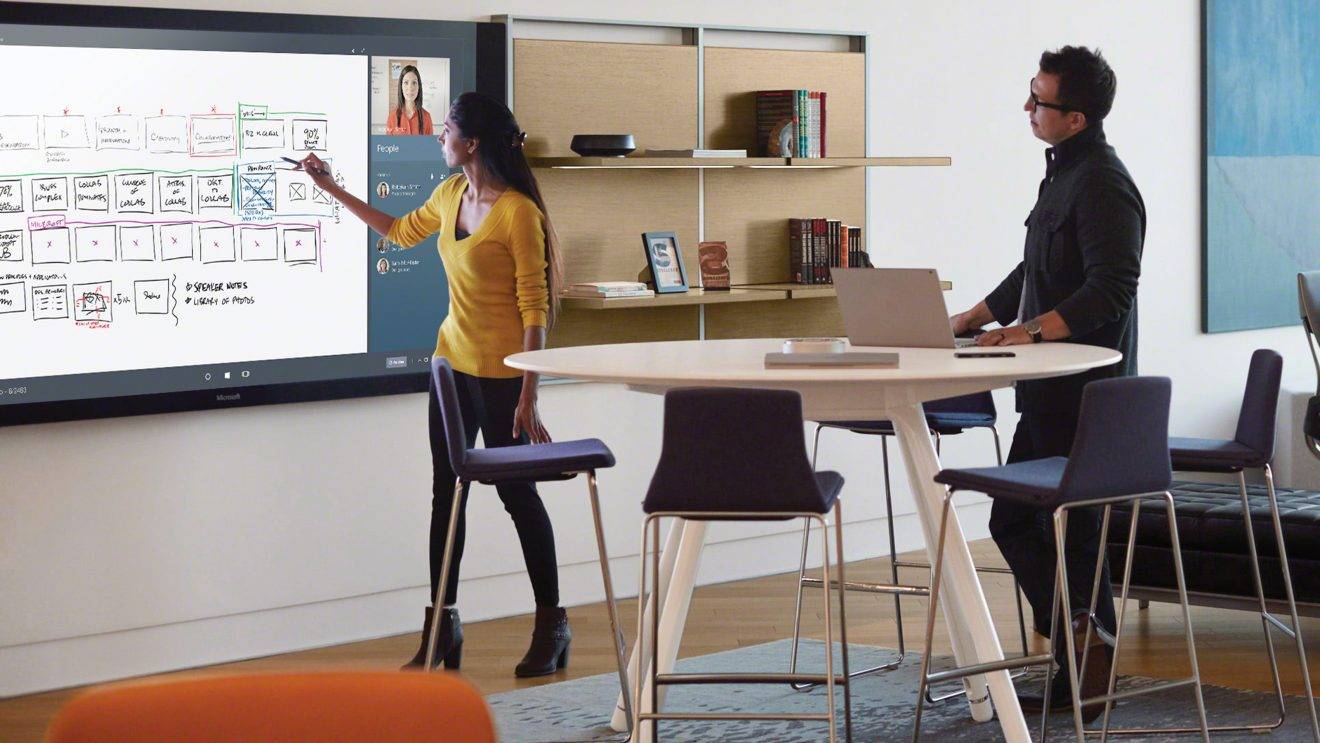
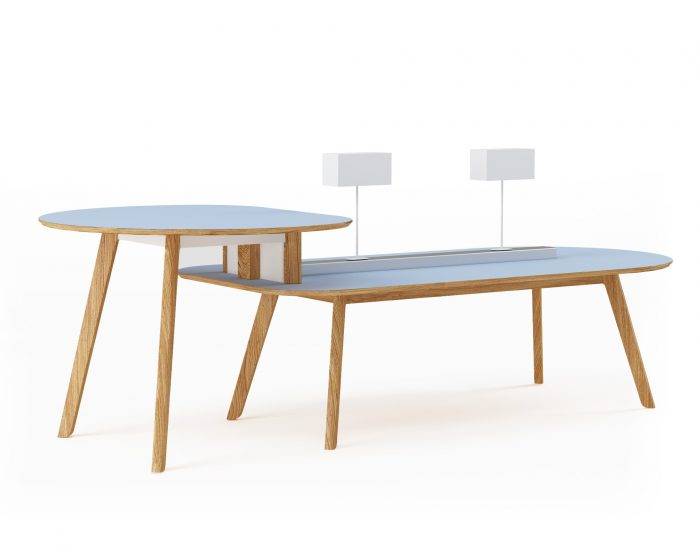
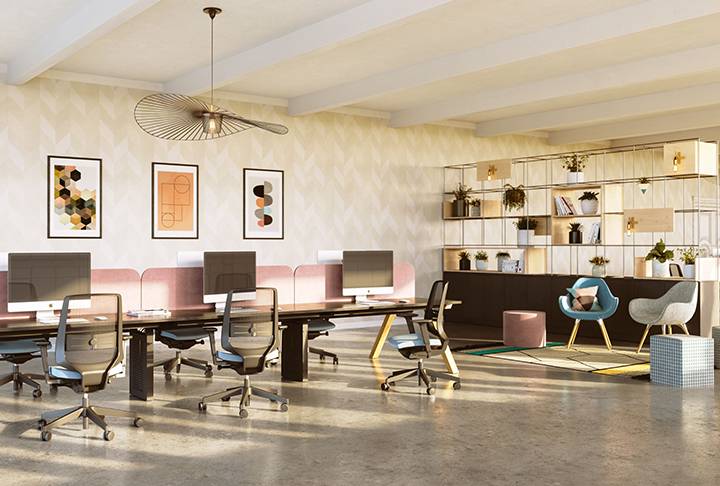
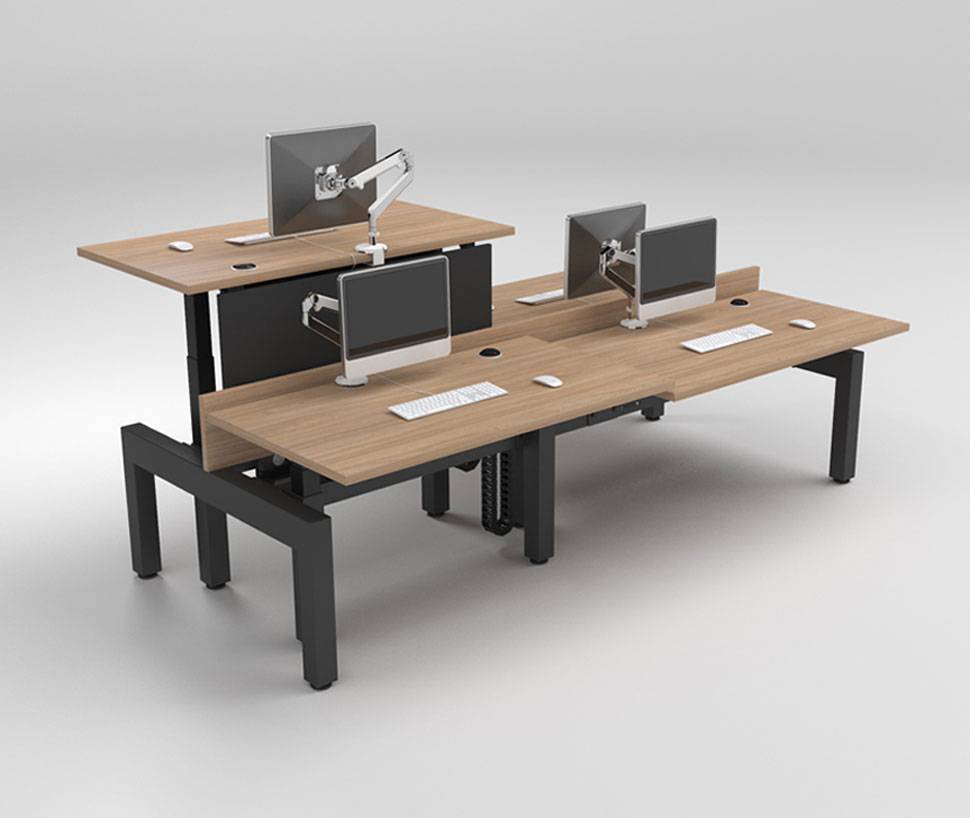



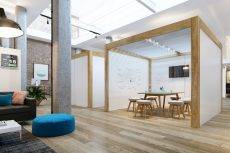
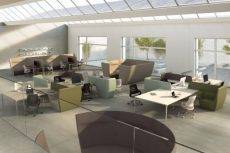
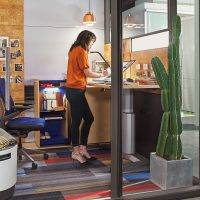
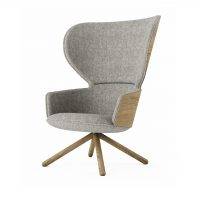
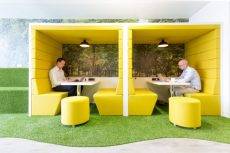












June 12, 2017
We need to design for a multigenerational workforce 0
by Joe Huddleston • Comment, Workplace design
More →